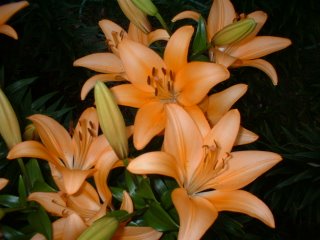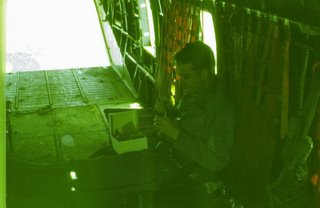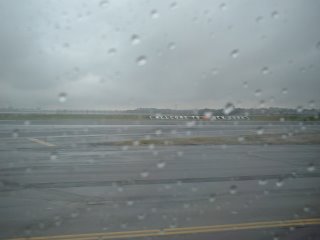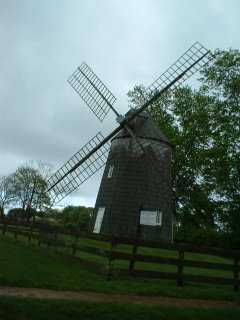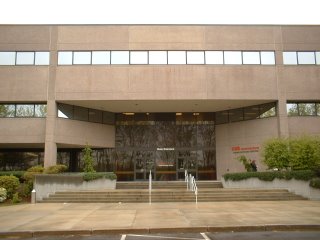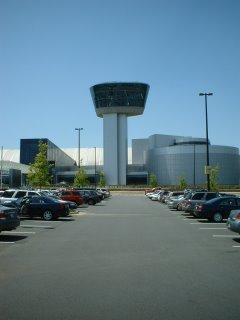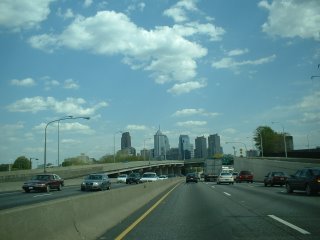
The Winnie Mae, a special Lockheed Model 5C Vega flown by famed aviator Wiley Post, completed two around-the-world record flights and a series of special high-altitude substratospheric research flights. It was named for the daughter of its original owner, F. C. Hall, who hired Post to pilot the plane, which had been purchased in June 1930.
With the consent of his employer, Post entered the Winnie Mae in the National Air Races and piloted the plane to the first of its records, now inscribed on the side of its fuselage: ‘Los Angeles to Chicago 9 hrs. 9 mm. 4 sec. Aug. 27, 1930.’
On June 23, 1931, Post, accompanied by Harold Gatty as navigator, took off from New York to make a world circuit in record time. The first stop was Harbor Grace, Newfoundland. From there, the fourteen-stop course included England, Germany, Russia, Siberia, Alaska, Canada, thence to Cleveland, and finally to New York on July 1, 1931. The circuit was completed in 8 days, 15 hours, and 51 minutes. Halls admiration for his pilot manifested itself in the gift of the Winnie Mae to Post.
Wiley Post spent the following year exhibiting the plane and conducting various flight tests. The airplane was groomed with an overhaul of the engine, and a radio compass and an auto pilot were installed. Both these instruments were at the time in their final stages of development by the Army and Sperry Gyroscope Company.
On July 15, 1933, Post left New York. Closely following his former route but making only eleven stops, he made a 15,596-mile circuit of the earth in 7 days, 18 hours, and 49 minutes.
During its high-altitude flight research, the Winnie Mae made use of a special tubular steel landing gear developed by Lockheed engineers Clarence L. Kelly’ Johnson and James Gerschler. It was released after takeoff by the pilot using a cockpit lever, thus reducing the total drag of the plane and eliminating its weight. The Winnie Mae would then continue on its flight and land on a special metal-covered spruce landing skid glued to the fuselage. During these flights, Post wore a special pressure suit, the world’s first practical pressure suit and an important step on the road to space. The suit was the third type developed by Post and Russell S. Colley of B. F. Goodrich Company. It consisted of three layers: long underwear. an inner black rubber air pressure bladder, and an outer cloth contoured suit. A special pressure helmet was then bolted on the suit. It had a removable faceplate that Post could seal when he reached a height of 17,000 feet. The helmet had a special breathing oxygen system and could accommodate earphones and a throat microphone. The suit could withstand an internal pressure of 7 psi. Bandolera-type cords prevented the helmet from rising as the suit was pressurized. A liquid oxygen container, consisting of a double-walled vacuum bottle, utilized the natural "boil off" tendencies of supercold liquid oxygen to furnish gaseous oxygen for suit pressurization and breathing purposes. This early full pressure suit is the direct ancestor of full pressure suits used on the X-15 research airplane and manned space voyages.
For more visit
http://www.acepilots.com/post.html

